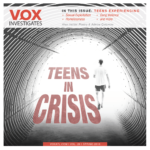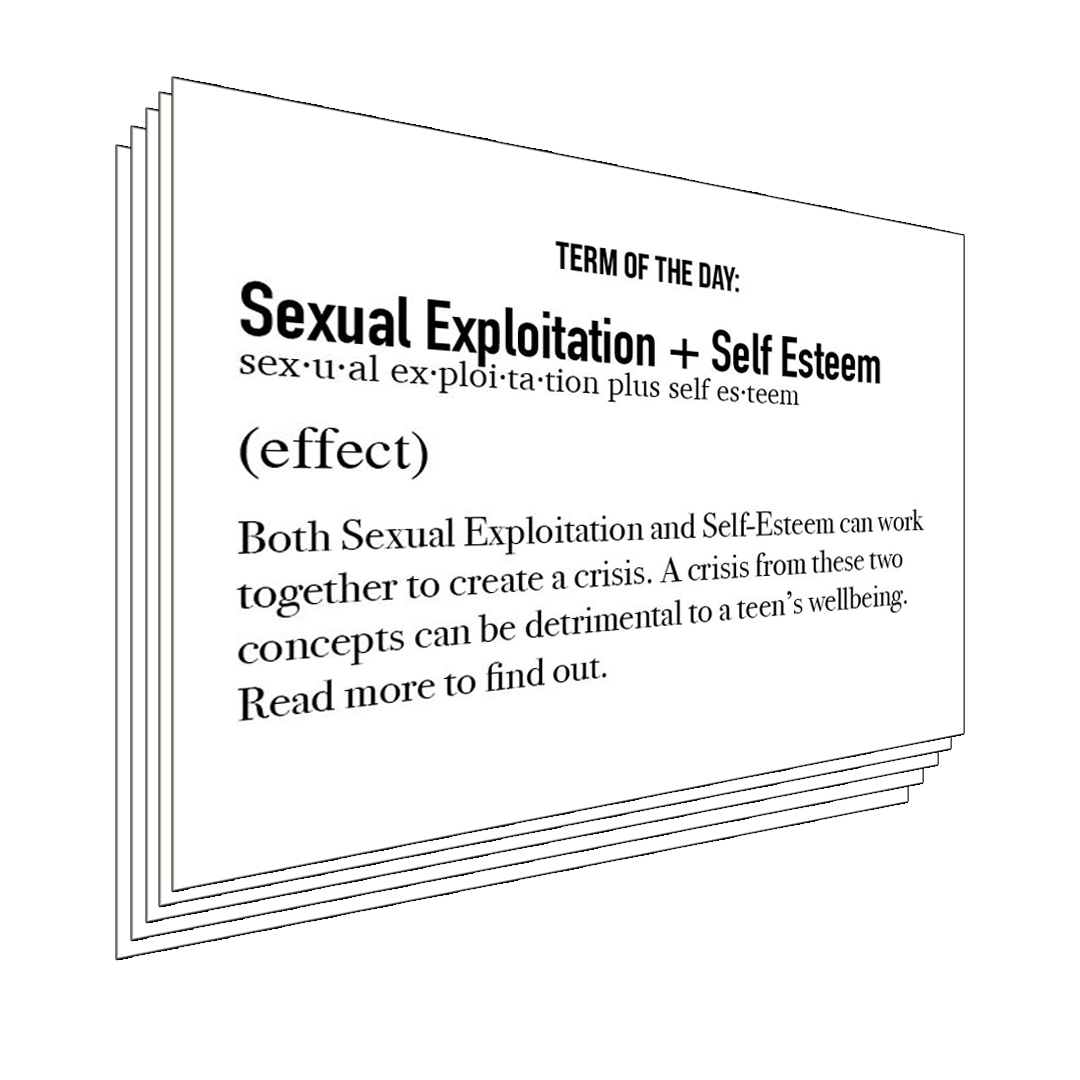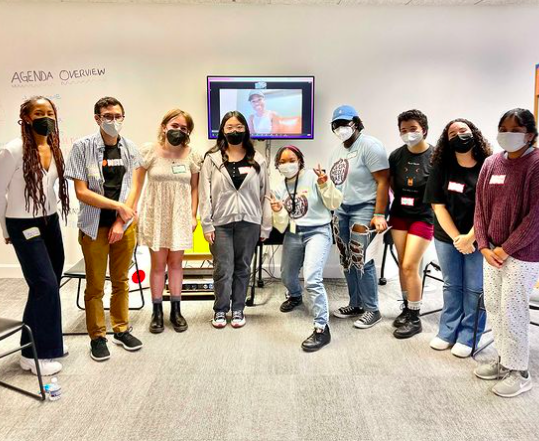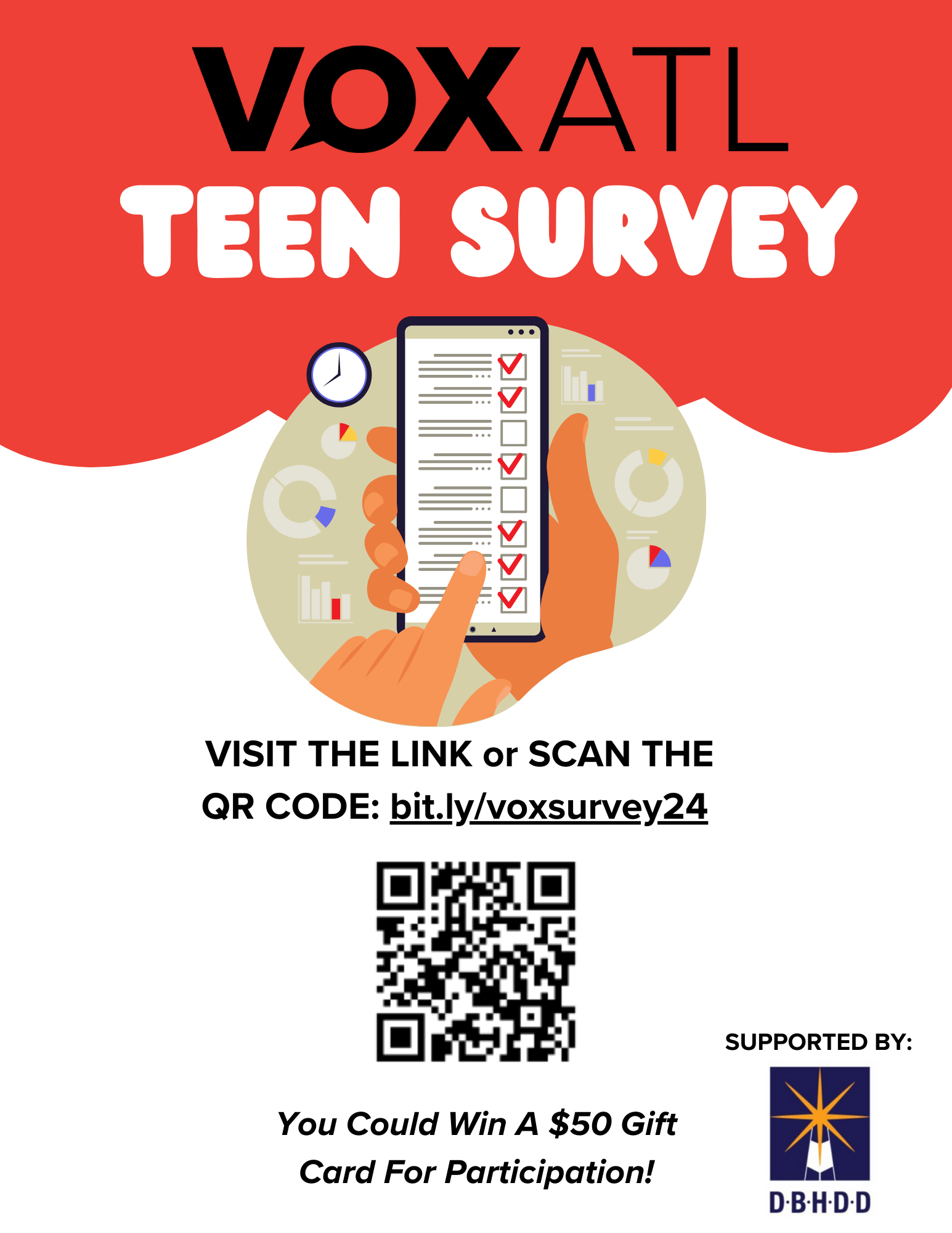Self-esteem is a huge issue for teenagers. For some people, low self-esteem could easily turn into a really bad cycle of mistreatment and abuse — and a situation that’s hard to get out of.
Abby (not her real name), is a 16-year-old Lilburn, Georgia, native who grew up with low self-esteem and ended up in a relationship with a guy who used her emotionally and psychologically. That led to her being sexually exploited for about a year.
“I didn’t realize it until after the relationship ended,” Abby said. “And when I did, I honestly was really distraught. I thought to myself, ‘How could I have put myself in this?’ I essentially blamed myself for a long time, but in the end, it was his actions, not mine.”
In simple terms, sexual exploitation is when a person does something to a person that exposes them sexually for some type of personal gain. Sexual exploitation is not just forced prostitution or sex trafficking. They are commonly referenced together, but they are not the same thing. Sexual exploitation is more close to home than it might seem.
Among the almost 70 percent of teens surveyed by the Centers for Disease Control and Prevention in 2015, 10.6 percent said they had been “forced to do sexual things (counting being kissed, touched or physically forced to have sexual intercourse) they did not want to do by someone they were dating” at least once during the 12 months before the survey.
This statistic may seem small, but consider that not every story is told. In fact, the Rape, Abuse & Incest National Network (RAINN) ’s review of U.S. Department of Justice statistics show that about two-thirds of sexual assaults go unreported (among female college students, only 20 percent are reported).
But how do teens get to that point? In reality, this all starts with self-esteem. Self-esteem is defined by the University of California-Davis Department of Health as “how we value ourselves and how we see our value to the world and others.”
So, when a girl has self-esteem issues, it can create a need for validation of respect and the necessity to need more affection because she has none for herself. Personally, I grew up without stable self-esteem. I wasn’t introduced to the concept of self-esteem until I was in middle school, when I had so many traumatic issues — from bullying and peer pressure to just blaming myself for things I had no control over. It really took over my life in a negative way.
Now I’m going through therapy and I’m starting to have a sense of myself and who I am, but I went a long time without really ever giving myself love. I feel very privileged to have gotten help, but for other people, help is not always easily available. If someone does not get help with their self-esteem in the first place, the cycle can worsen and lead into dependence.
Dependence
When you’re dependent on something, you need it to survive or help you be stable.
When a person acquires a partner out of these feelings, the partner chosen could be a gateway to even more pain. Yet, a person with low self-esteem believes she needs someone else to keep herself intact. She replaces that person’s love and affection with what should be her own. Her self-identify becomes this person’s affection.
The nonprofit Loveisrespect.org, which promotes healthy relationships for teens, asserts: “If [a person’s] partner constantly puts them down and blames them for the abuse, it can be easy for [him or her] to believe those statements and think that the abuse is their fault.”
People may make decisions to keep someone’s affection – even unhealthy affection. Using drugs or having unwanted sex can be a few of these kinds of decisions.
Author and advocate against domestic violence, Chinua Joi Ivey writes, “Abuse is all about power and control over another person. Once self-esteem and self-respect builds, the abused will set and protect their boundaries.”
Someone can use a person’s low self-esteem and dependence against her and ask her to do anything for personal gain – entering exploitation territory.
The extent of the exploitation can damage a girl’s entire image of herself. It could lead to her risking her life for some type of affection.
Loveisrespect.org reports: “Violent relationships in adolescence can have serious ramifications by putting the victims at higher risk for substance abuse, eating disorders, risky sexual behavior and further domestic violence. … Being physically or sexually abused makes teen girls six times more likely to become pregnant and twice as likely to get a STI.”
Being used for sexual exploitation can lead to things like early pregnancy and even more abuse in the future if it’s not addressed.
Preventing Exploitation
Many efforts toward eliminating sexual exploitation go to prostitution but not much focuses on the prevention of sexual exploitation and how to help girls with self-esteem issues, so situations like this happen less.
There are many ways teens experience abuse:
- Put downs and name calling.
- Extreme jealousy.
- Making excuses for a partner’s behavior.
- Constant calls, texts, DMs demanding to know your location.
- Hitting, yelling or threats.
- Forced sexual behavior.
Bringing awareness to sexual exploitation and how easy it can develop can help decrease violence and the mistreatment of girls and women.
Also, we can help teens have a better image of themselves. Things like therapy are good for self-esteem because it can help give a layout of the problem, where the problem is coming from and how it can be fixed. Even though therapy is seen as unattractive, it could be a step in the right direction for teens of all ages and backgrounds.
If you are reading this article and you believe you are in a similar situation, there are many resources inside and outside of Atlanta, such as Partnership Against Domestic Violence and Wellspring Living to help and give information about sexual exploitation. Speak to a parent, guardian, trusted adult or friend if you learn that you are in an abusive relationship. If you are in an emergency situation, please call 911 or find a safe place with resources.
 Jasmine, 16, attends DeKalb Early College Academy
Jasmine, 16, attends DeKalb Early College Academy
Art by Jasmine Martin
 This story also appears in the Spring 2018 print edition of VOX Investigates: Teens In Crisis
This story also appears in the Spring 2018 print edition of VOX Investigates: Teens In Crisis




